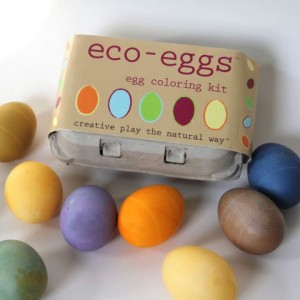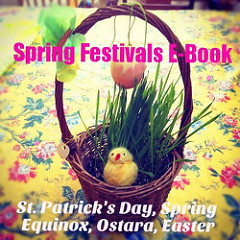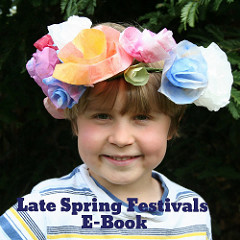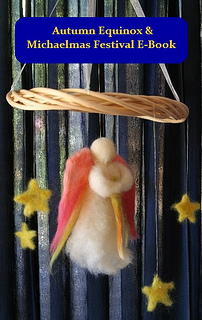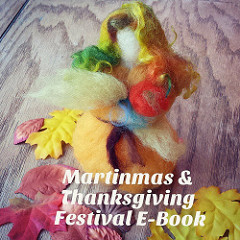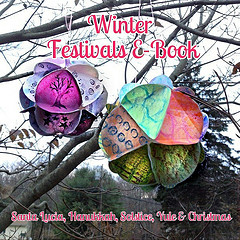
Here is a simple way to celebrate the earth, and bring a little of it inside your home. This moss garden terrarium is easy and inexpensive to make. Children of any age can help with this project and may especially enjoy finding such treasures of the earth. Noticing the small things in nature can be so rewarding, and it feels good to sink our hands in the soil.

Materials
- a wide-mouthed glass container (goldfish bowl, candle holder, or jar; you may find something appropriate a thrift store)
- gathered moss (gently lift from soil or rock, bringing the soil on which it grows with you)
- about ½ to 1 cup small gravel or pebbles (look for pretty pebbles in your yard)
- about 1 cup loamy garden soil (or more if your glass container is large)
- interesting rocks, bark, twigs, or gemstones
- spray bottle with water
Optional Materials
- a small plant that requires little water (perhaps a jade plant or other succulent)
- beeswax for modeling or a small figurine
- crystals, glass gems, small twigs

Tutorial
Begin by gathering your materials. You may be able to gather most of the materials you’ll need from your yard or nature walk. (Be sure not to remove items from protected nature areas.) Take a soup spoon or small shovel and a gathering basket along on your walk. Look along creeks and in shady, moist areas.
When you find mosses, stop and consider them a moment. Moss is a delightful, soft plant. It gets it’s nutrients from the air, rather than the soil, and requires shade and only a little water. It makes a perfect plant for a terrarium that gets only indirect sunlight in your home.
Feathery soft, your green so bright,
preferring deep shade to the light,
quietly sitting, waiting, spreading,
it’s hard to tell which way you’re heading.
I will touch your velvet softness.
Moss, I love your gentle mossness.
You make a lovely velvet bed
for a Fairy Queen to rest her head,
who sleeps in afternoons for rest
and dreams of forests nightly blessed.
We creatures great and creatures small
find you the tenderest plant of all.
Thank the earth for growing such lovely mosses and gently dig up some patches. Don’t take more than you need to fill your terrarium container, and you’ll likely need to take only an inch of soil or less.

Now place your gravel or pebbles into your glass terrarium. These are at the bottom for drainage of water away from the soil. Add your garden soil to the container. It will probably cover your pebbles completely. You may wish to grade your soil so that some areas are higher than others. This will add interest to your finished terrarium.

Arrange your mosses (in patches) in your terrarium. Try to keep your clumps of moss mostly intact to make a contiguous, soft carpet. Alternatively, you could place moss in only part of your terrarium, and decorate the other areas with a plant, pretty pebbles, or glass gems.

Add your decorative rocks, bark, or crystals. I happened to find a small chuck of old concrete that had more moss growing on it, so I added it to my terrarium. What will you add? Crystals? Twigs? Polished stones? A ceramic figurine of a deer or a rabbit? A butterfly? A gnome or a Fairy Queen in repose? Perhaps you’ll change your terrarium decorations with the holidays.

Spray your moss garden with some water. Your mosses may need spraying once or twice a day to stay green and living. Avoid exposing them to direct sunlight.

I turned to our modeling beeswax to fashion a tiny gnome. I think he’ll make an excellent caregiver for my moss garden terrarium. Gnomes are kind custodians of the earth.

Be a good caregiver of your moss garden terrarium, spray it gently every day, and be careful not to saturate it with too much water. (Once again, the direct sunlight you see in this photo is too hot and bright for your moss. Be sure not to keep your terrarium in such a sunny location.)
Now add your terrarium to your nature table, your dinner table for an Earth Day celebration, or anywhere in your home that needs a small reminder of the earth’s beauty.



















































